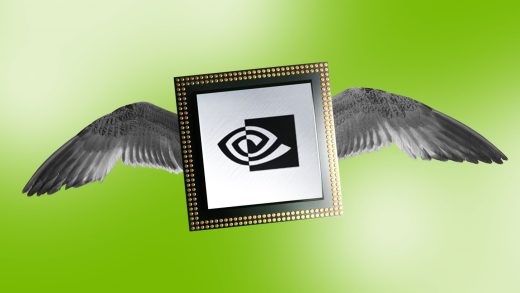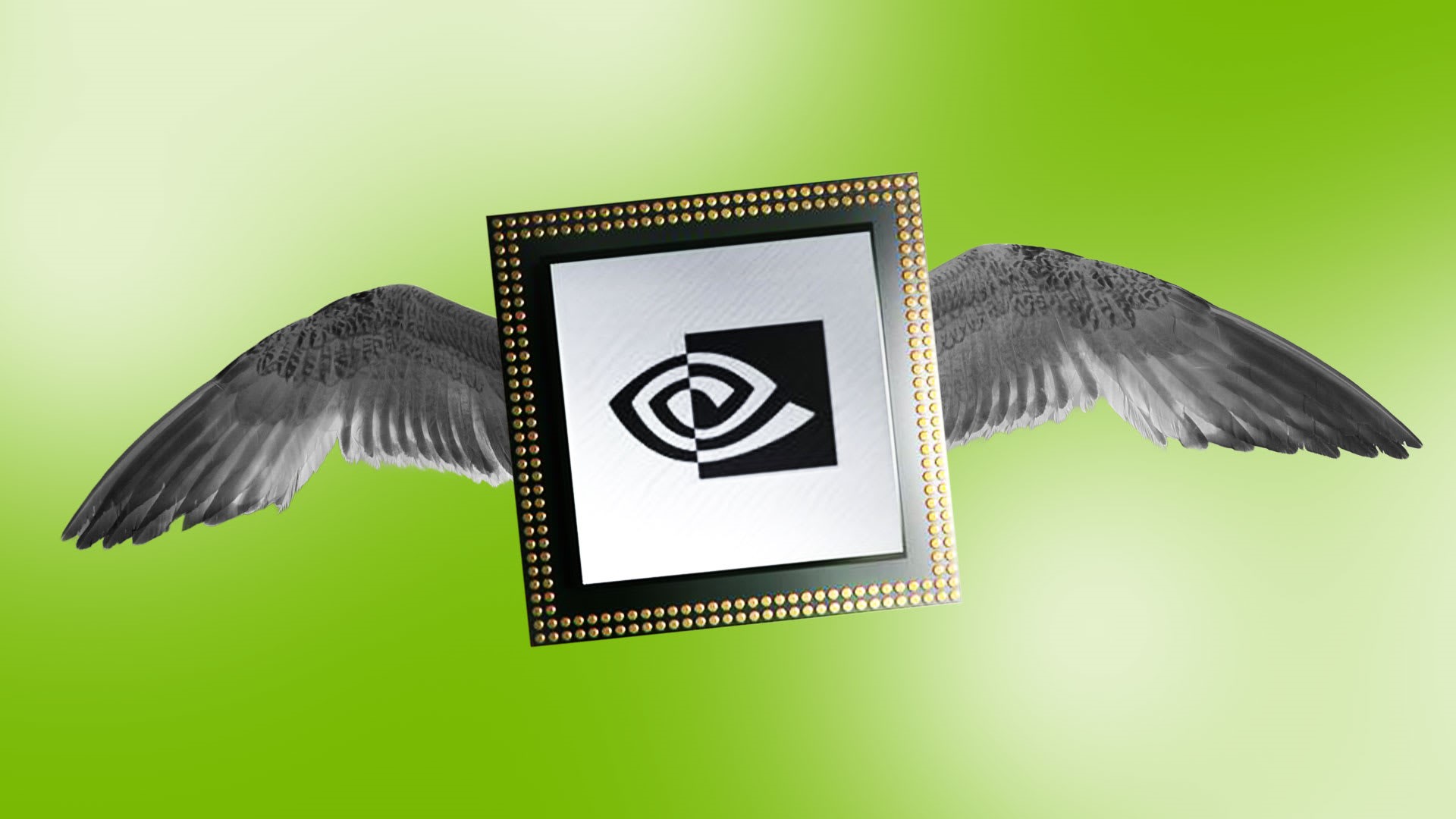Nvidia stock is lifting S&P 500 index funds. Here’s how you can benefit
Nvidia stock is lifting S&P 500 index funds. Here’s how you can benefit
For investors who don’t feel entirely confident in their ability to predict what will happen with AI, index funds may be a less risky bet.
BY Allan Sloan
This has been a huge week for Nvidia. The company, which makes computer chips and is surfing the artificial intelligence wave, has risen from relative obscurity a few years ago to beat out Apple and Microsoft as the most valuable company in the world (at least for a day, anyway).
As of the market close on June 18, Nvidia’s market cap was $3.27 trillion. That’s trillion, with a T.
Many investors have bought up shares of the company as a bet on the future of AI, driving up its market cap by $1 trillion in less than 100 days. It’s pretty tempting to want to run out and load up on Nvidia’s soaring shares—but it’s also a bit scary.
Do you want to risk serious money on a company with an immensely high-market value that’s subject to immense competition as companies in the U.S., China, and the rest of the world race to match or upstage its products? Do you feel confident you can predict who will win the AI wars and predict what role Nvidia will play for the winner or winners?
For skittish investors (like me), who don’t feel entirely confident in their ability to predict what will happen with AI, there are still ways to profit from the amazing rise in the price of Nvidia’s shares, which closed at $135.58 on June 18, up from less than $6 a share at the end of 2019 (adjusted for stock splits).
I’ve profited substantially from that rise without actually buying Nvidia’s stock. It’s something you can do, too—or that you may have already done without realizing it.
What’s my secret? Rather than owning Nvidia’s exciting stock, I’ve got money in boring index funds. Index funds are designed to mimic the stock market, not to outperform it. They’re what’s known as a passive investment, and they’ve long been used to diversify investment portfolios and save for retirement. One of my major holdings is Admiral shares of Vanguard’s S&P 500 index fund. Admiral is a Vanguard share class, the lowest-cost retail shares available from Vanguard. (Note: I’m not shilling for Vanguard’s S&P 500 index fund—it just happens to be the S&P index fund that I own.)
To get a sense of how much Nvidia has made for index fund investors, I asked Vanguard how much someone who owned $10,000 worth of Admiral S&P 500 shares at the start of 2020 has made from Nvidia. The numbers were astounding.
As you can see from this table, a $10,000 stake in VFIAX at the start of 2020 gave you a $50 stake in Nvidia stock.
As of May 31 of this year, the most recent date for which I have Vanguard numbers, that initial $10,000 investment (including reinvested dividends and capital gains) had grown to $17,511. Of course, that 75% gain was dwarfed by the Nvidia stake’s 2,000%-plus gain to $1,068.
Given how hot Nvidia’s stock has been this month, I decided to extrapolate the gain our index fund holder got from Nvidia’s June jump. The fund shares were worth $18,222 on June 18 by my math, a nice 4%, two-week bump. However, Nvidia’s stock was up more than 23% in those two weeks, and by my estimate, the fund’s Nvidia stake was worth $1,321.
Sure, having a 4% two-week rise in an index fund investment doesn’t hold a candle to the 23% two-week rise in Nvidia’s stock.
But, in my view, it’s a lot less risky to own Nvidia indirectly. And if Nvidia doesn’t turn out to be the big AI winner, its growth slows, or the stock otherwise tanks (I have no idea if it will, but who knows?), the damage won’t be as bad if you own Nvidia in an index fund compared to an individual holding.
For example, look at the swings in the value of the index fund and its Nvidia stake during 2022. Over that year, the fund’s value fell 19%, from $15,230 to $12,465. But the fund’s Nvidia’s stake was down 50%, from $274 at year’s end 2021 to $137 year-over-year.
Sure, a 19% decline in a fund holding isn’t a lot of fun. But it’s a lot less unnerving than a 50% decline in an individual stock. Which, unlike the overall stock market, perhaps might never have bounced back to where it is now.
So please forgive my timidity, but I’m happy to take my Nvidia gains (or suffer my Nvidia losses) in a boring and indirect way.
Sure, owning an index fund isn’t as much fun as owning a big-winning individual stock. But owning Nvidia as an index fund component rather than as an individual security has a major advantage.
Sure, if Nvidia tanks, I won’t be happy. But I sure won’t be unhappy enough to lose sleep and tear out my few remaining hairs the way I would if I had a big Nvidia stake that got clobbered.
ABOUT THE AUTHOR
(12)



